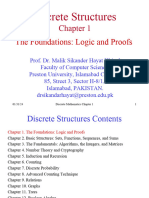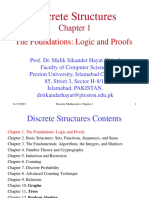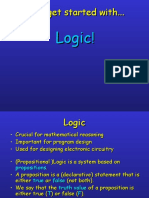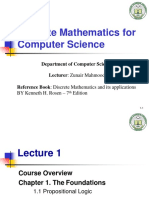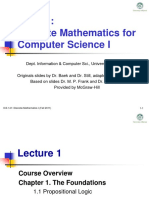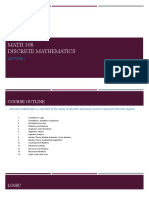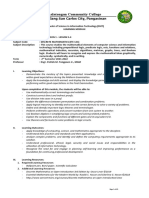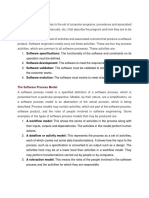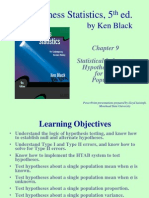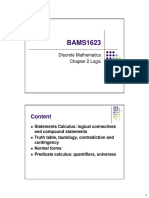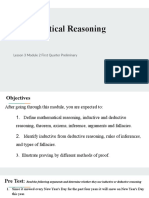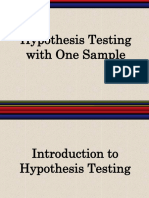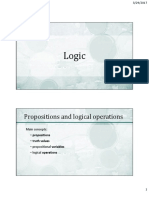0% found this document useful (0 votes)
43 views43 pagesDiscrete Logic
Propositional logic is introduced. Key points include:
1. Propositions are statements that can be classified as true or false. Common logical operators like negation, conjunction, and disjunction are used to combine propositions.
2. Truth tables are used to determine the truth value of simple and compound propositions formed by applying logical operators.
3. Equivalence laws can be used to show that two propositions are logically equivalent, having the same truth table. Tautologies are always true and contradictions are always false.
Uploaded by
Salvaña Ruel JamesCopyright
© © All Rights Reserved
We take content rights seriously. If you suspect this is your content, claim it here.
Available Formats
Download as PDF, TXT or read online on Scribd
0% found this document useful (0 votes)
43 views43 pagesDiscrete Logic
Propositional logic is introduced. Key points include:
1. Propositions are statements that can be classified as true or false. Common logical operators like negation, conjunction, and disjunction are used to combine propositions.
2. Truth tables are used to determine the truth value of simple and compound propositions formed by applying logical operators.
3. Equivalence laws can be used to show that two propositions are logically equivalent, having the same truth table. Tautologies are always true and contradictions are always false.
Uploaded by
Salvaña Ruel JamesCopyright
© © All Rights Reserved
We take content rights seriously. If you suspect this is your content, claim it here.
Available Formats
Download as PDF, TXT or read online on Scribd
/ 43

